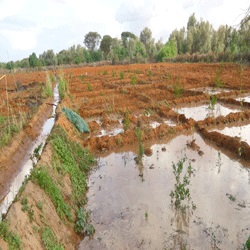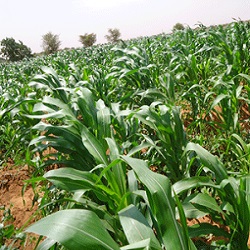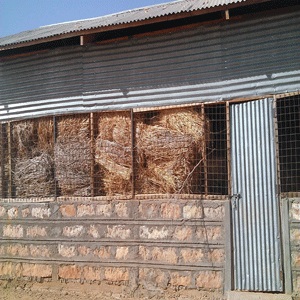Gadudia irrigation scheme
Gadudia irrigation scheme is situated in Gadudia location, Khalalio division, Mandera East Sub county of Mandera County. The project area has unreliable annual rainfall of 225mm which is poorly distributed. Protracted droughts, erratic rains, inadequate irrigation infrastructure and technical skills more often resulted to inadequate food and pasture for human consumption and livestock use. Sometimes, the situation could result to death of livestock, energy depletion and malnutrition among the community members of Gadudia. In 2011, a severe drought affected the entire Mandera County and 470 livestock died in Gadudia village alone. The animals which survived had poor body conditions with no milk products leading to acute shortages of animal products which the community members almost entirely depend on. Many household members were left idle with no productive activities to engage and earn a living, these practice unfolded to dependence of food relief to members of Gadudia community.
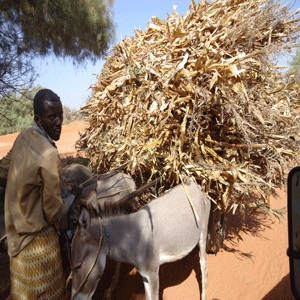
The situation was more aggravated when the Lagga water formed by ephemeral springs during rains, diverted to the farms degrading150Ha of rich agricultural land The area has vast arable land and a semi permanent river (R. Daua) which flows full for nine months. To utilize the available resource to enhance food security in the area has mostly. . To address the challenges, in 2012, a relief committee was put in place to spearhead the progress through the support of FFA programe in the county. A total of 164 beneficiaries (households) were entered into the FFA programme. Members prioritized activities that could enhance food and pasture production among the farmers in the area. Two major activities were identified; increasing the area under irrigation farming and diversion of laggga water degrading the farmlands. First, beneficiaries received hand tools from Cooperating Partner through partnership from World Food Programme and National Drought Management Authority.
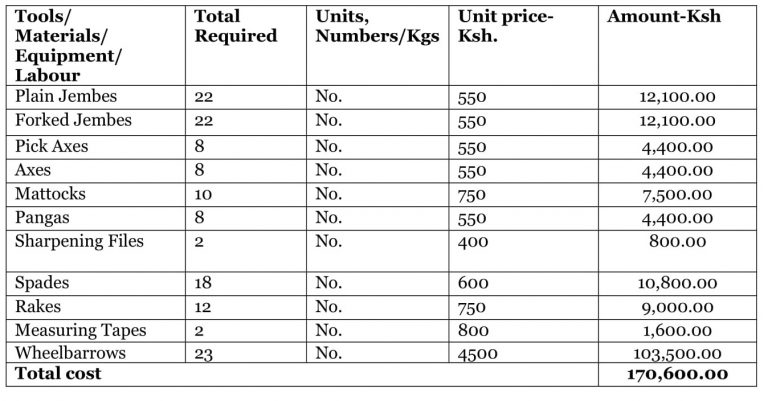
They had to work for twelve days before receiving their food rations. Beneficiaries started constructing earth canals and lateral connecting most farms of the 36Ha scheme. Since then, a stage was set for expansion other development activities in the area (e.g. an increase in school attendee).
Food resources issued to beneficiaries (May 2012-July-2014)

Results:
As a result of this collaborative effort, 984 beneficiaries in the village are now food secure and enough pasture stocked in the stores for use in case of any extreme drought conditions. In 2013, farmers realized a good harvest for the three planting seasons since they were enrolled into the programme.

Other crops done in the area are tabulated in the following ta


